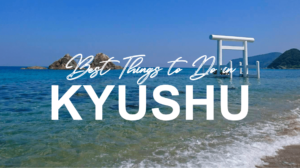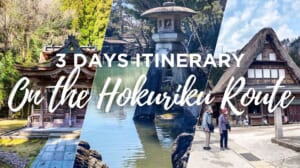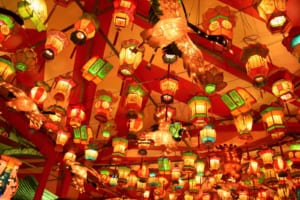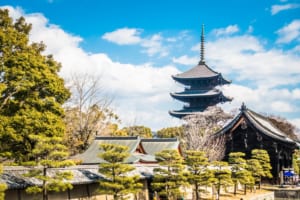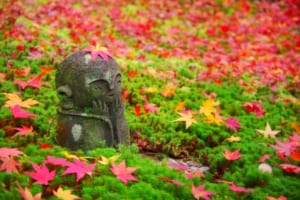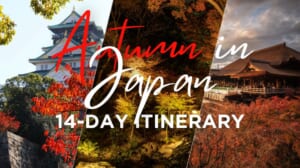Gunkanjima, The Abandoned Battleship Island
Guide to Gunkanjima in Nagasaki
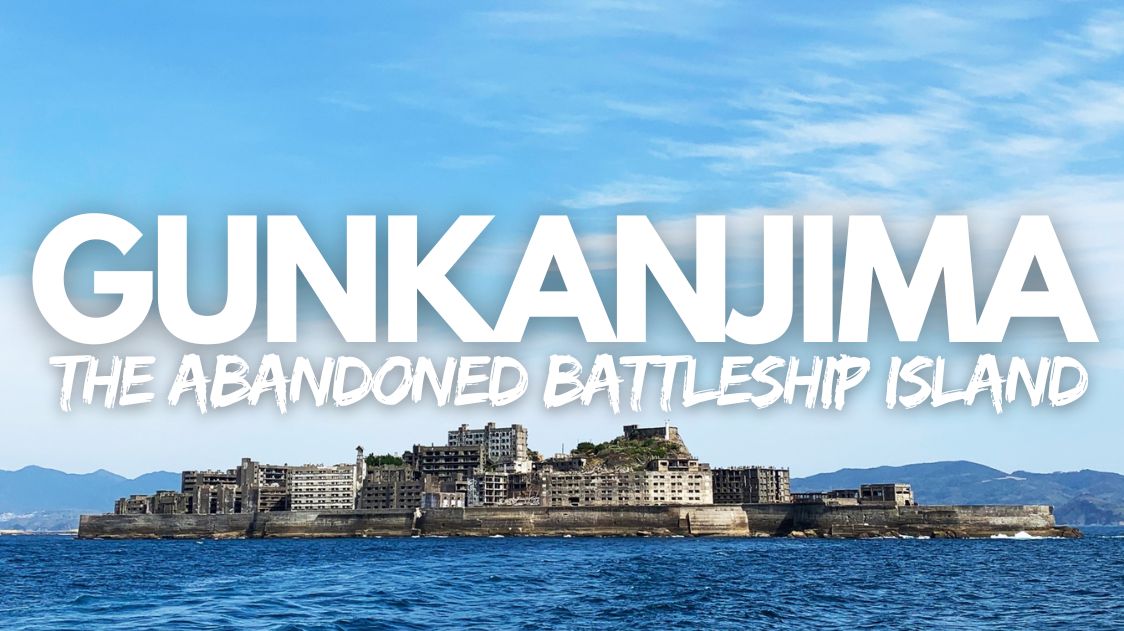
Gunkanjima, or Battleship Island, might look like something straight out of a dystopian movie, and in fact, it has been. This eerie, abandoned island off the coast of Nagasaki gained global attention when it appeared in the James Bond film Skyfall, but its real story is even more fascinating. Once home to thousands of coal miners and their families, Gunkanjima was one of the most densely populated places on Earth in the 1960s.
However, when Japan transitioned from coal to oil, the island was swiftly deserted, leaving behind a ghostly relic of a bygone era. Today, it’s a UNESCO World Heritage site that tells a story filled with lights and shadows about Japan’s rapid industrialization,—and a haunting reminder of how quickly fortunes can change.
*Please note that this article contains affiliate links
What is Gunkanjima?
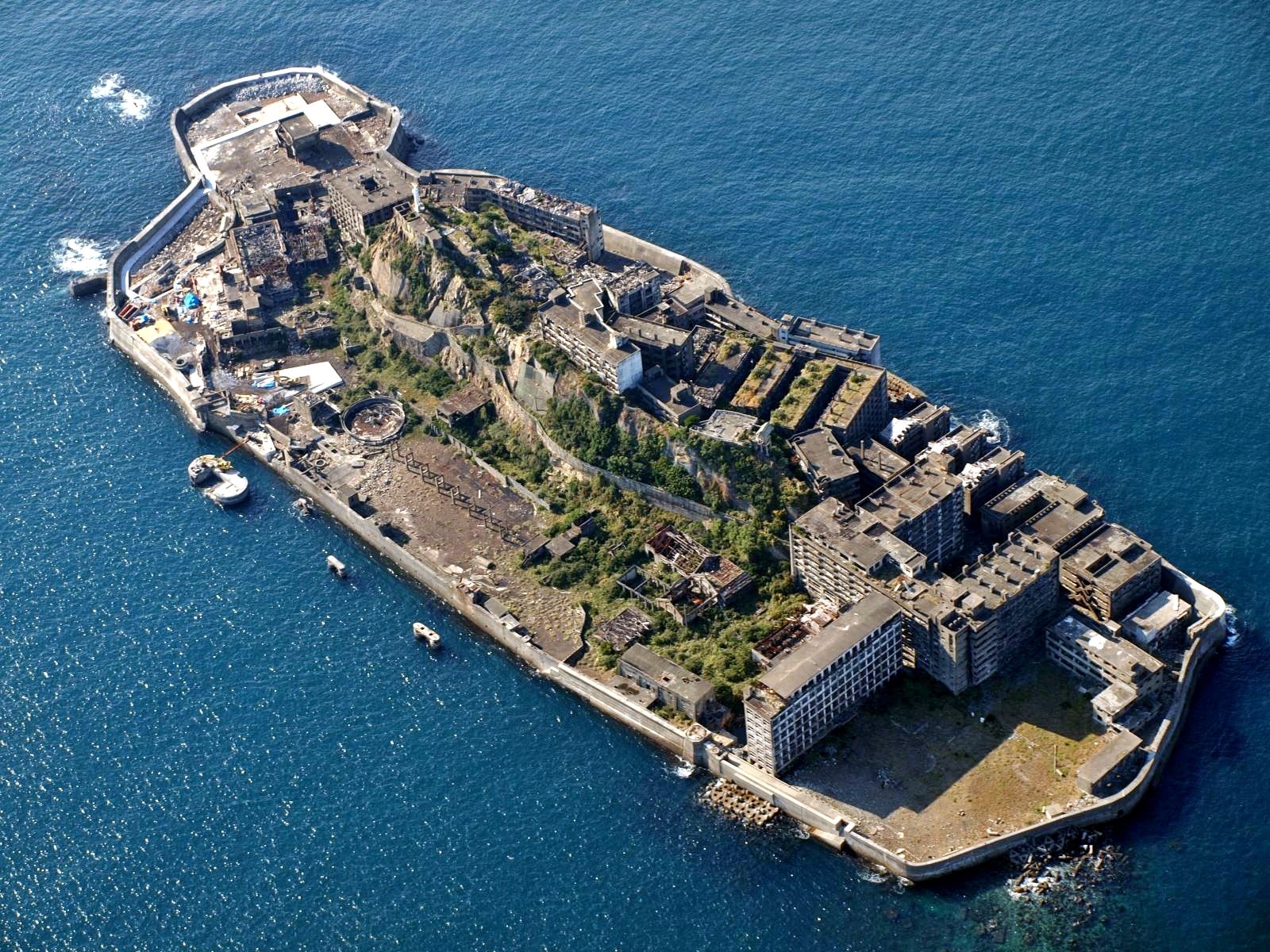
Gunkanjima (軍艦島), the famous moniker that Hashima Island (端島) is known for, is a small, uninhabited island located about 20 kilometers from Nagasaki Port. Its nickname means “Battleship Island” because of its silhouette, which resembles a warship when seen from a distance. Other than that, this 480-meter-long and 150-meter-wide island had very little to do with military endeavors. Instead, it was once a thriving coal mining facility, operated by Mitsubishi, and was home to over 5,000 residents at its peak in the 1950s.
Brief History of Gunkanjima
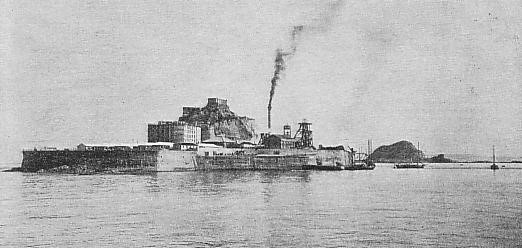
The island’s history dates back to 1810 when coal was first discovered. By the late 19th century, it had developed into a bustling mining town amidst the country’s push for industrial development. The site’s prosperity soared further when Mitsubishi Corporation purchased it in 1890 and over the following decades invested heavily in local infrastructure for workers: apartment buildings, a school, a hospital, and even entertainment facilities.
Gunkanjima’s significance lies in its representation of Japan’s rapid industrialization during the Meiji era. In 2015, it was recognized as a UNESCO World Heritage site as part of the “Sites of Japan’s Meiji Industrial Revolution”. The island is a symbol of both the country’s industrial prowess and the complex history during that period, including the dark shadows of slave labor from Korean and Chinese war prisoners, until the end of World War II.
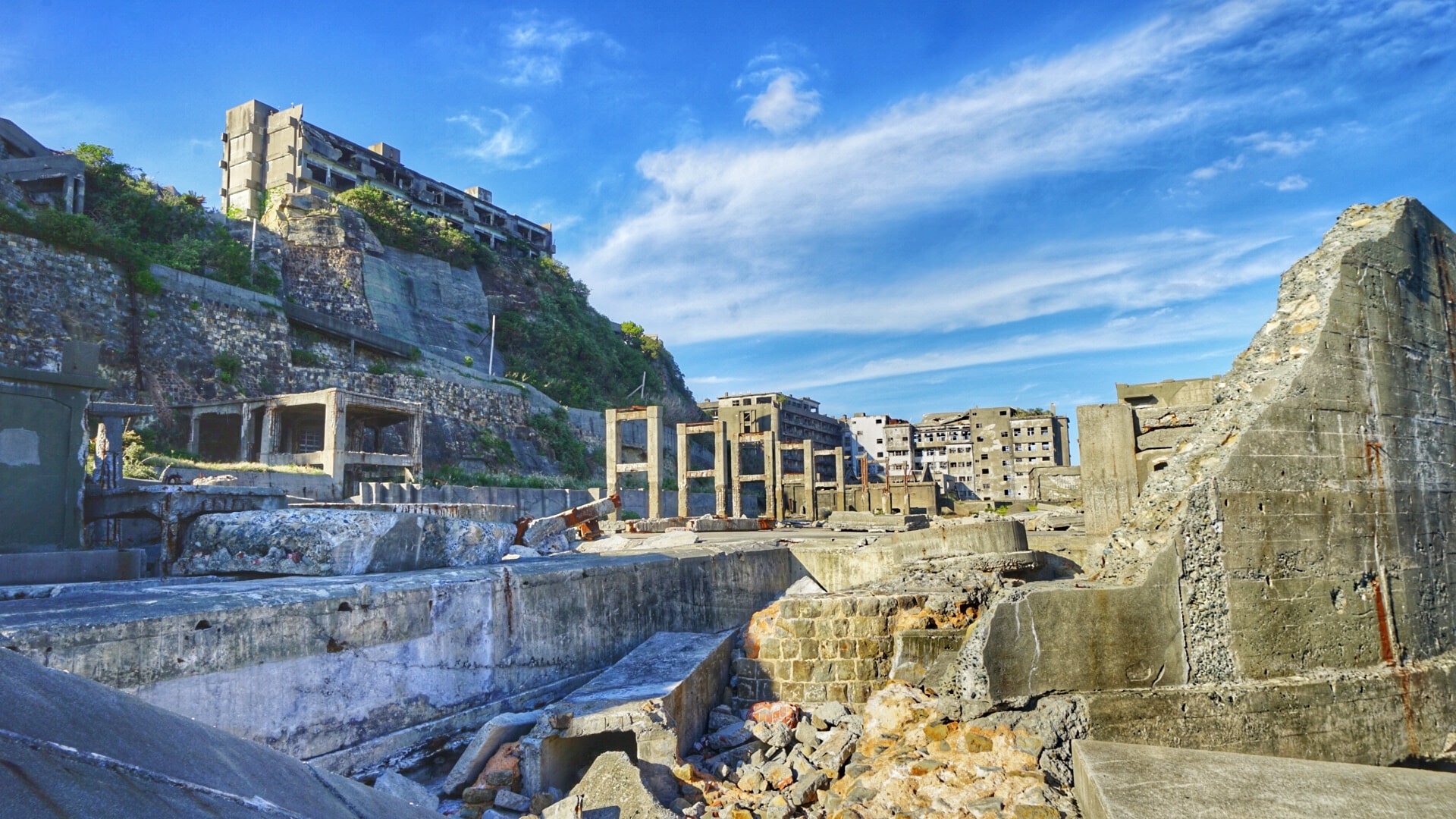
However, growing interest in the island as a heritage site despite having completely restricted access, coupled with ownership transfer to Nagasaki City, made it possible for Gunkanjima to become a tourist destination since 2009 through authorized tour operators.
What to Do in Gunkanjima
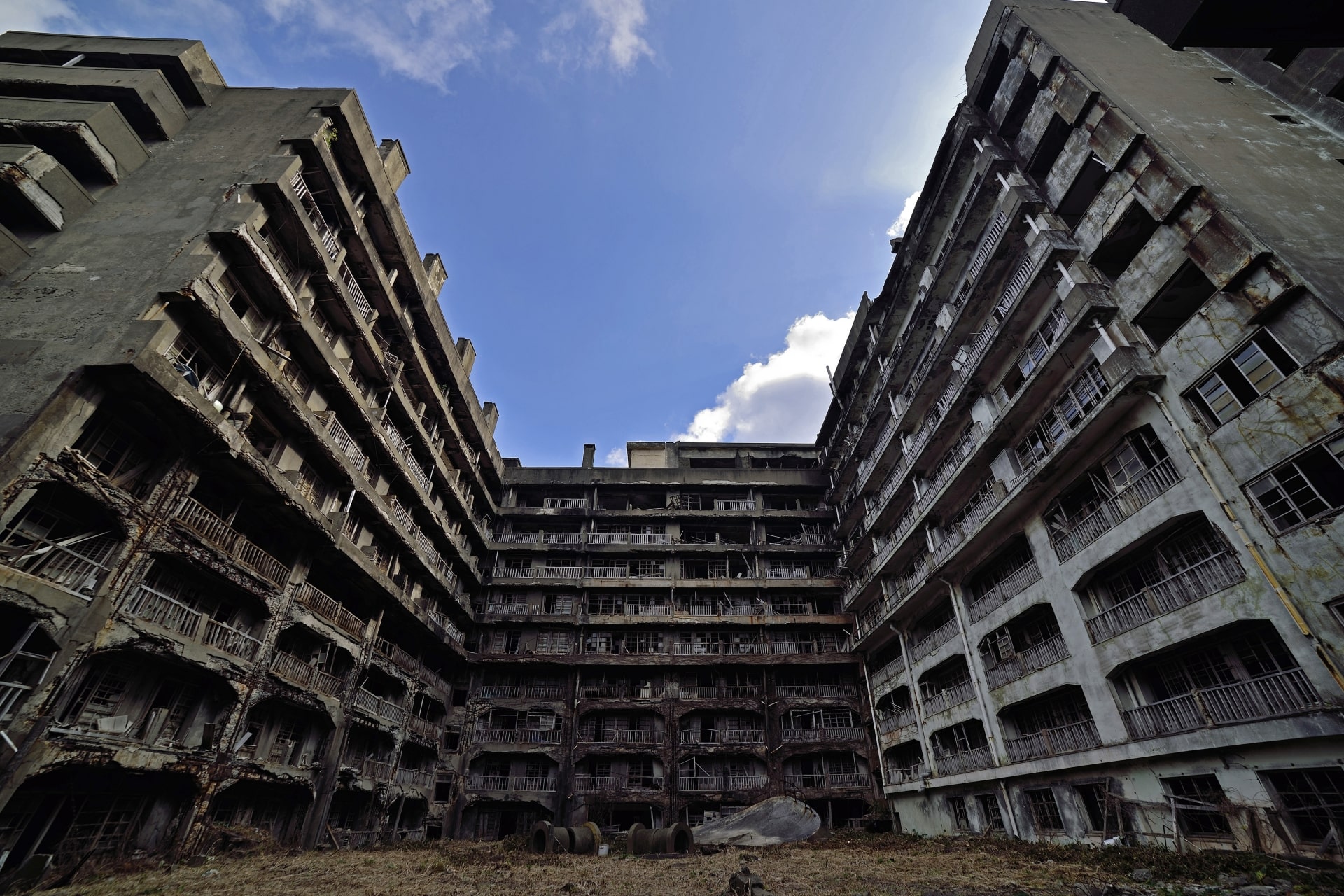
- Take a Guided Tour: The only way to visit Gunkanjima is through a guided tour. Several companies operate ferry tours with varying fees that depart from Nagasaki Port, where you can see the island’s exterior and, weather permitting, a chance to land and explore. Take into account that if weather is deemed to be too harsh, the tour may be canceled or limited to navigating to see the island but without docking. Not all tours have English guides available so it’s best to confirm beforehand.
- Explore the Ruins: Once on the island, you’ll walk along designated paths through the remnants of the mining town that are open to visitors. Tours typically last around 45 minutes or a bit less than one hour at most.
- Photography: The island’s landscape is a hauntingly beautiful backdrop for photography. Be sure to capture the island’s iconic silhouette, which resembles a battleship.
- Skyfall Connection: Fans of the James Bond film Skyfall can enjoy learning about the island’s connection to the movie, as parts of Gunkanjima inspired the villain’s lair in the film. You should know that only exterior shots were used though, as the state of the buildings deemed the location unsuitable for an actual movie set.
<<Book your Gunkanjima Island tour here!>>
How to Get to Gunkanjima
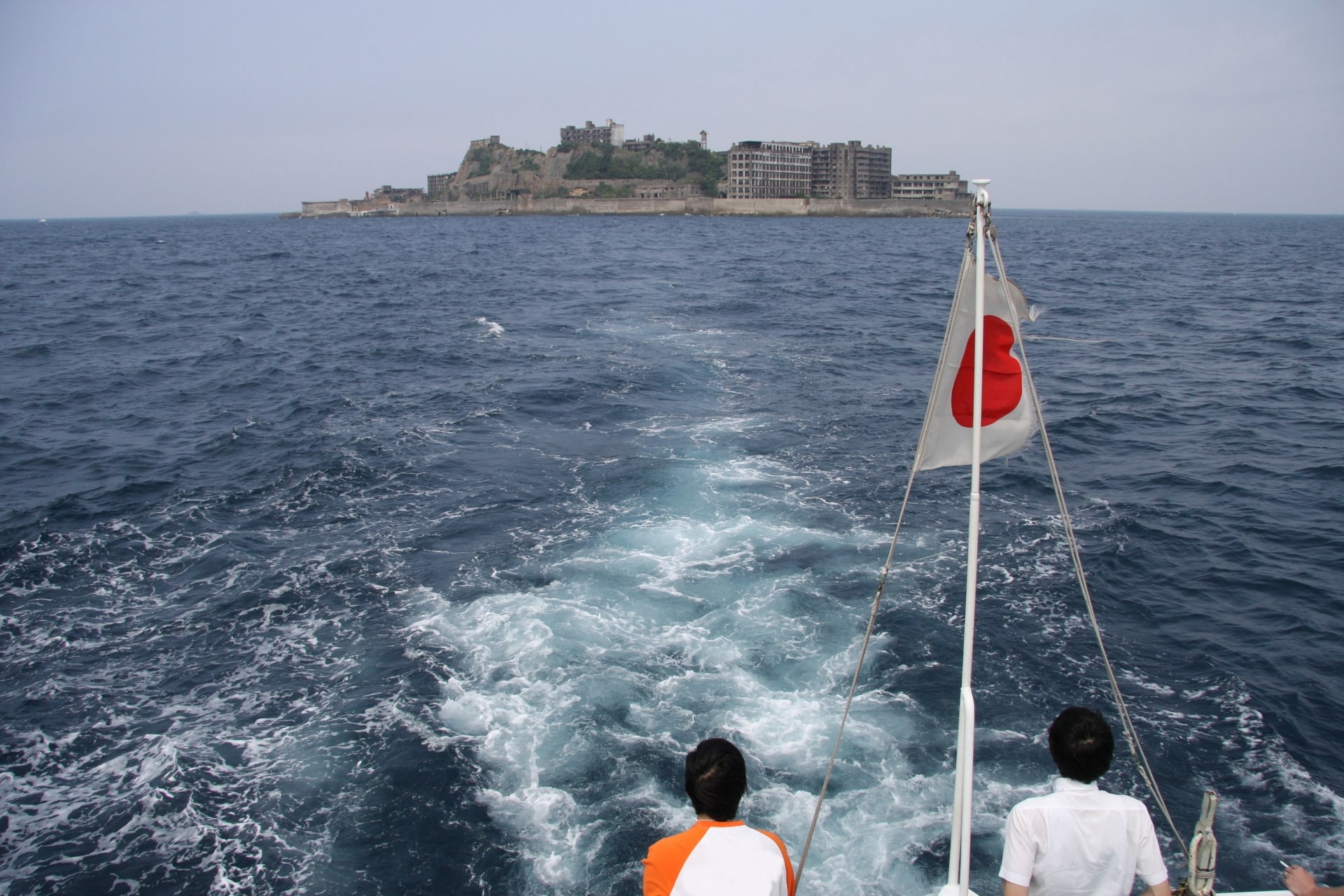
Once again, remember that tours are subject to weather conditions. If the sea is too rough, landing on the island may be canceled, though a cruise around the island may be offered if possible in such cases. Check the weather forecast and have a backup plan in case of cancellations.
Tourist Attractions Near Gunkanjima
Gunkanjima itself is a fascinating destination, and if you’re going all the way there, consider these other noteworthy attractions nearby that you might want to include in your itinerary:
1. Takashima Island
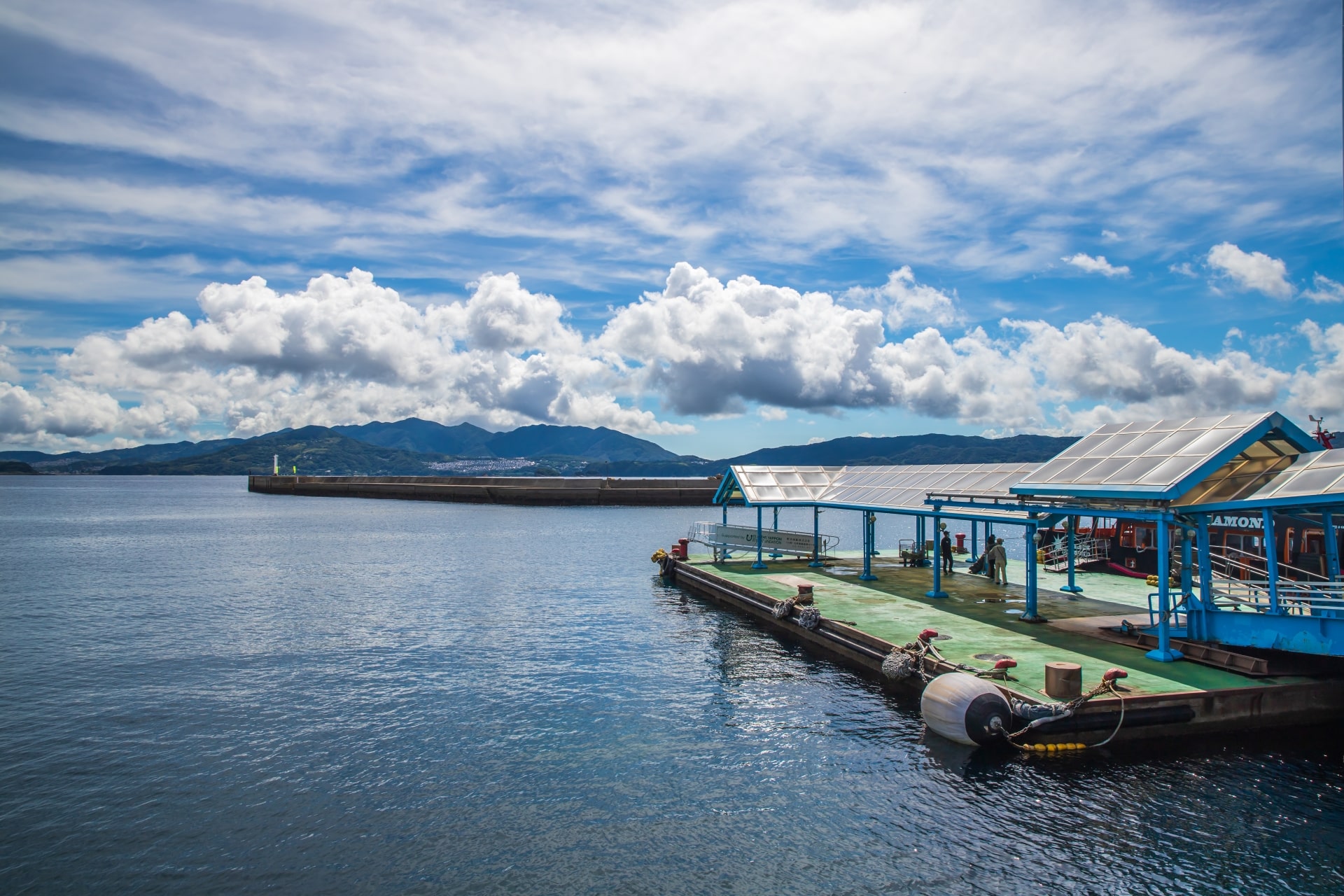
2. Goto Islands
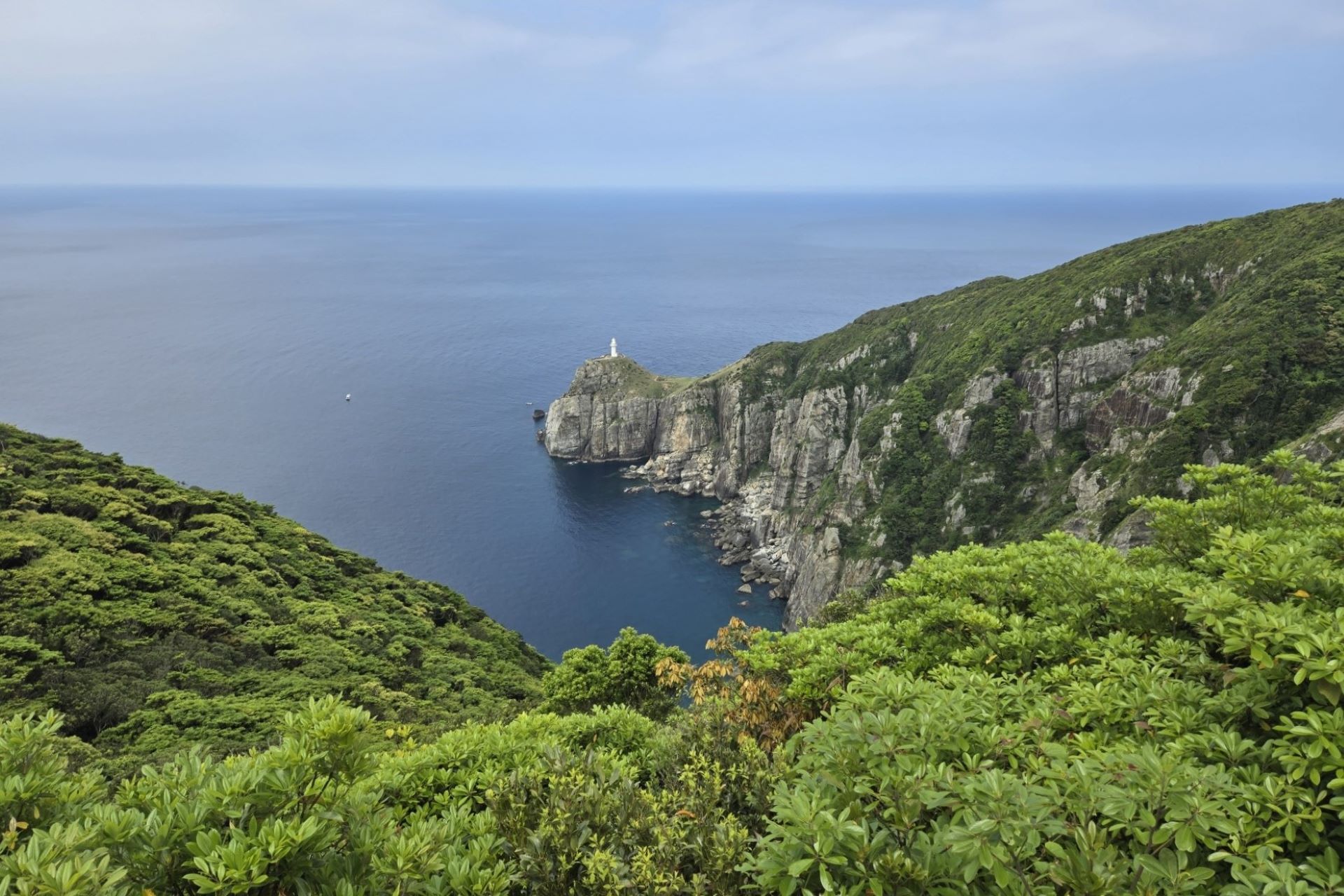
See also: 6 Must-See Churches and Christian Sites in Nagasaki
 Access Access |
40-min flight from Nagasaki or Fukuoka to Fukue Airport or ferry routes from Nagasaki Port (varying times depending on destination island) |
|---|---|
 Official Website Official Website |
https://goto.nagasaki-tabinet.com/ |
3. Nagasaki Shinchi Chinatown
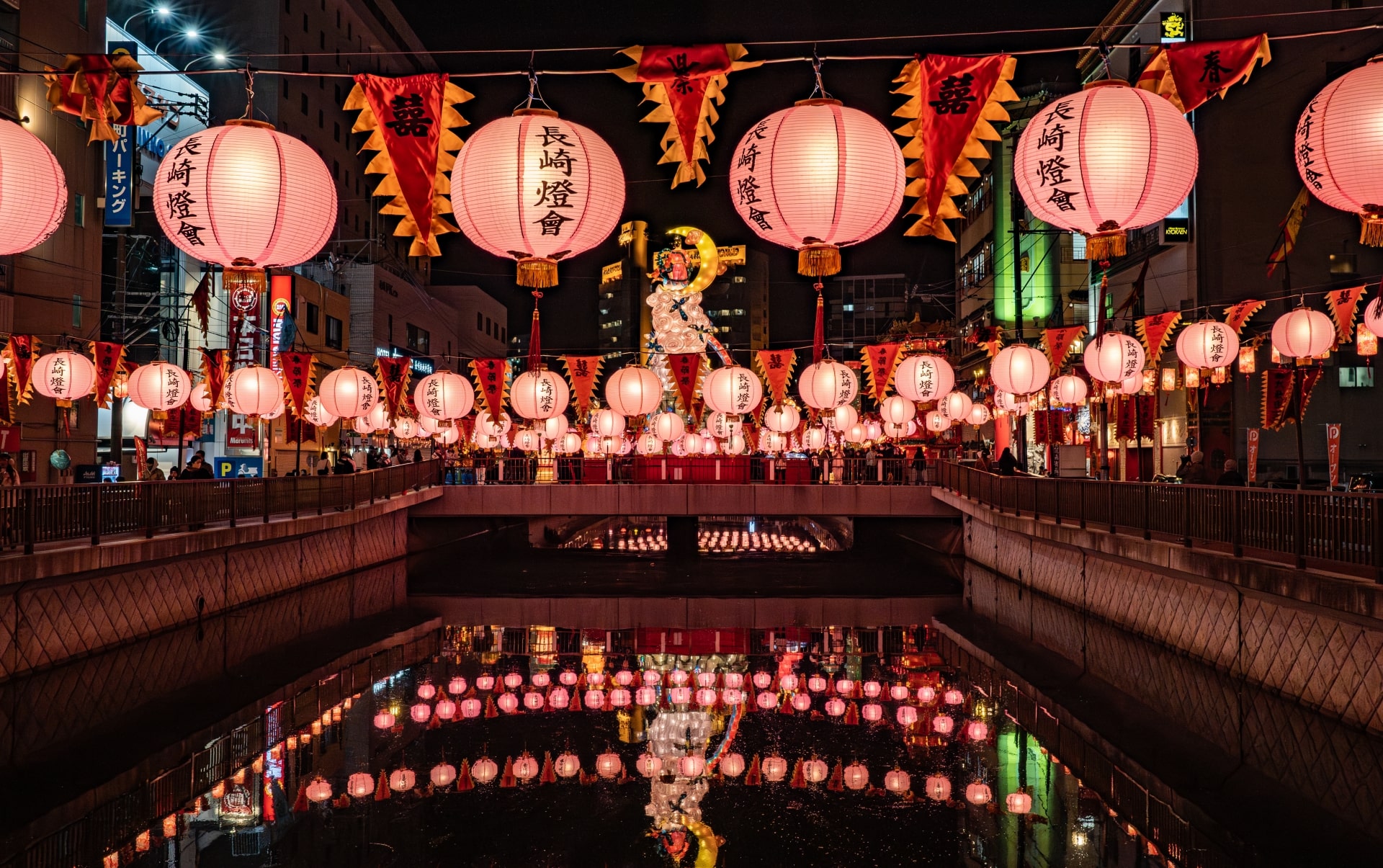
 Access Access |
10-min bus or 15-min tram from Nagasaki Port |
|---|---|
 Official Website Official Website |
http://www.nagasaki-chinatown.com/ |
4. Glover Garden
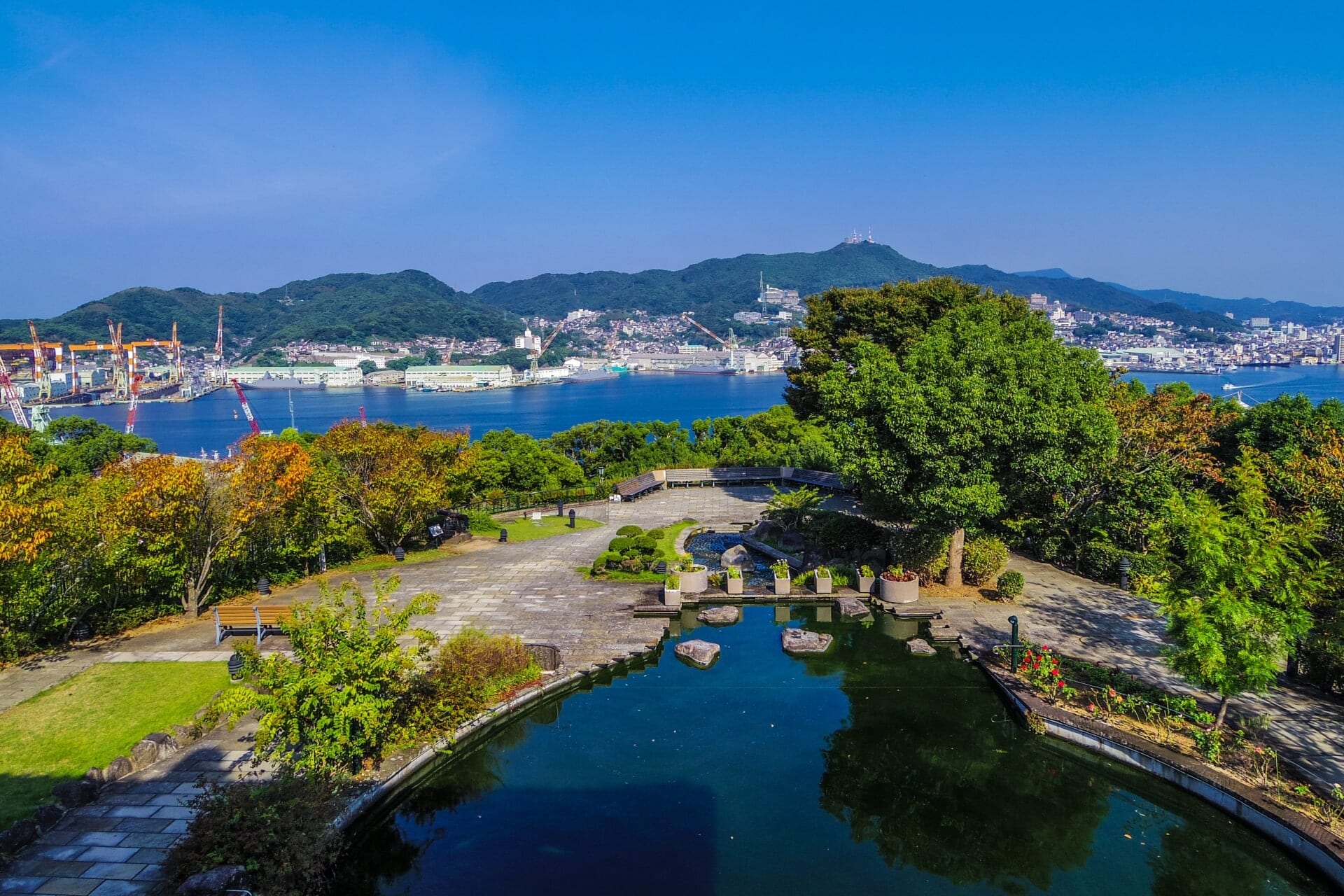
<<Book your Glover Garden tickets here!>>
 Access Access |
18-min bus or 25-min tram from Nagasaki Port |
|---|---|
 Official Website Official Website |
http://www.glover-garden.jp/ |
▽Subscribe to our free news magazine!▽
For more information about landmarks and traveling in Japan, check these articles below, too!
▽Related Articles▽
▼Editor’s Picks▼
Written by
Photographer, journalist, and avid urban cyclist, making sense of Japan since 2017. I was born in Caracas and lived for 14 years in Barcelona before moving to Tokyo. Currently working towards my goal of visiting every prefecture in Japan, I hope to share with readers the everlasting joy of discovery and the neverending urge to keep exploring.






